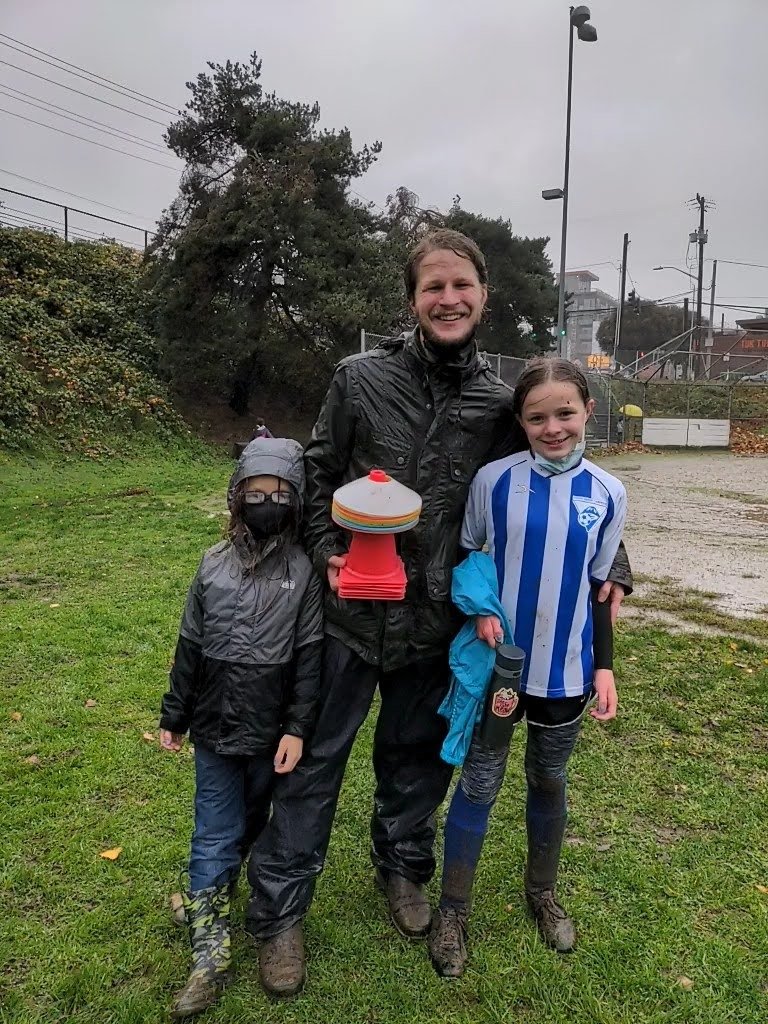HEAT INDEX Advisory
Decisions regarding weather conditions are the responsibility of the game officials, coaches, tournament directors and club administrators present at the field.
All should be aware of the potential dangers posed by different weather conditions and work together to keep the players and other participants as safe as possible. If the weather conditions warrant, game officials and coaches should discuss before the game starts what the procedures will be to insure the safety of the players.
Tournament directors should monitor weather conditions including the warnings and watches issued by the National Weather Service. In the event of sudden changes, the tournament directors should have a means of sending warnings to the site officials. A weather plan should be provided to the participating teams to allow a clear understanding of shelter locations, evacuation plans and how the weather will affect tournament results. Club administrators should perform similar functions for league play.
This is a guide for coaches, referees and players for training in warmer climates. Additionally, it serves as a guide for match play, hydration breaks and participant safety during extreme temperature conditions. If you play during a particularly hot day, please communicate with your opposition coaches and set up the appropriate number of water breaks.
Disclaimer: The information provided is not a substitute for medical or professional care, and you should not use the information in place of a visit, consultation or the advice of your physician or other health care provider. For specific questions and concerns, please consult your health care provider or physician.
What is the heat index?
"It's not the heat, it's the humidity". That's a partly valid phrase you may have heard in the summer, but it's actually both. The heat index, also known as the apparent temperature, is what the temperature feels like to the human body when relative humidity is combined with the air temperature. This has important considerations for the human body's comfort. When the body gets too hot, it begins to perspire or sweat to cool itself off. If the perspiration is not able to evaporate, the body cannot regulate its temperature. Evaporation is a cooling process. When perspiration is evaporated off the body, it effectively reduces the body's temperature. When the atmospheric moisture content (i.e. relative humidity) is high, the rate of evaporation from the body decreases. In other words, the human body feels warmer in humid conditions. The opposite is true when the relative humidity decreases because the rate of perspiration increases. The body actually feels cooler in arid conditions. There is direct relationship between the air temperature and relative humidity and the heat index, meaning as the air temperature and relative humidity increase (decrease), the heat index increases (decreases).
In order to determine the heat index using the chart above, you need to know the air temperature and the relative humidity.
It surprises many people to learn that the heat index values in the chart above are for shady locations. If you are exposed to direct sunlight, the heat index value can be increased by up to 15°F. As shown in the table below, heat indices meeting or exceeding 103°F can lead to dangerous heat disorders with prolonged exposure and/or physical activity in the heat.
USE COMMON SENSE Work to RESt RATIOS in HOT conditions
Games need to be adjusted appropriately as the heat index rises with Mandatory water breaks in shaded “hydration”areas. Both coaches, along with the referee should even discuss shortening the game.
NOTE: Field turf can add anywhere from 8-10 degrees of heat for players compared to a grass field.
Finally Coaches should continue to check in with each player to see how they are feeling and use this chart as a guideline.




































